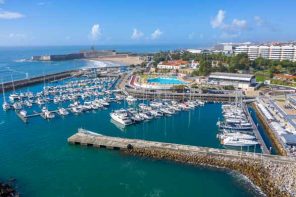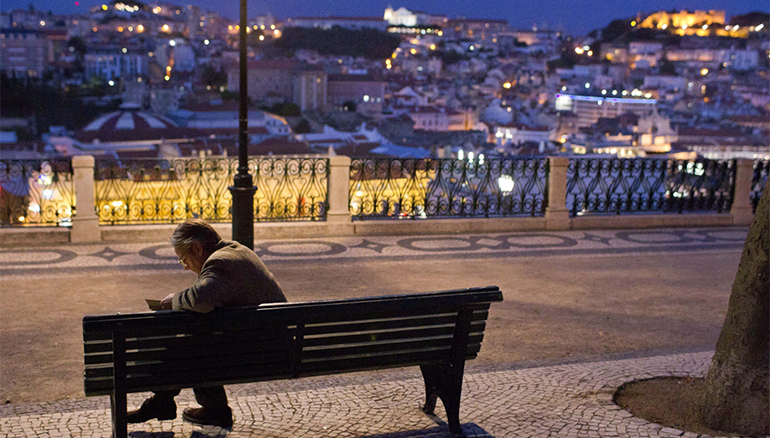
With its seven hills, an amazing brightness, a rich variety of ambiances and architectural sightings, the full palette of its colors, the typical neighborhoods and the remnants of History around every corner, Lisbon is the perfect movie town, filled with scenarios waiting to be filmed. And there are many examples connecting this city to the seventh art…
Lisbon’s role in Portuguese Cinema
The capital was the center of the comic movies industry in Portugal during the thirties. One of its most emblematic productions was “Lisbon’s Song” (Canção de Lisboa), a true portrait of that era. Filmed in studios and outdoor settings, the city had a prominent role in that picture, thanks in part to the kindness of its producer, the famous architect Cotinelli Telmo.
The city sceneries and the cinematographic industry suffered a modernization during the sixties and the New Portuguese Cinema turned Lisbon into a full stage. Paulo Rocha’s “The Green Years” (Os Verdes Anos), reveals the new urban picture of the city, exposed in the new developments of the Avenidas Novas, the New Avenues. Fernando Lopes’ Belarmino finds the main character wandering through the streets of Lisbon.
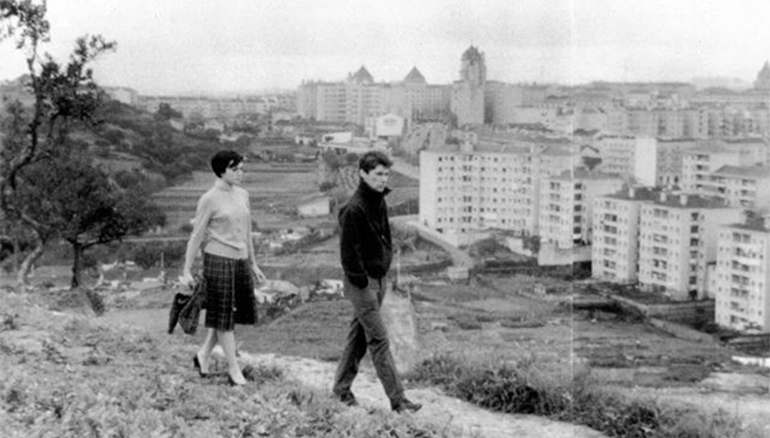
Later on, Maria de Medeiros replayed the 25 of April revolution in “April Captains” (Capitães de Abril), showing Lisbon streets and particularly those around the Carmo area, overtaken by the enthusiasm of the revolution. In João César Monteiro’s last masterpiece, “Come and Goes” (Vai e Vem), the main character rides the bus daily between the popular Praça das Flores and the Príncipe Real garden.
To talk about Lisbon is to talk about Fernando Pessoa, particularly his heteronym Bernardo Soares. Douradores Street and other locations at Baixa as well as in Alfama are settings to “The Film of Disquiet” (Filme do Desassossego) by João Botelho.
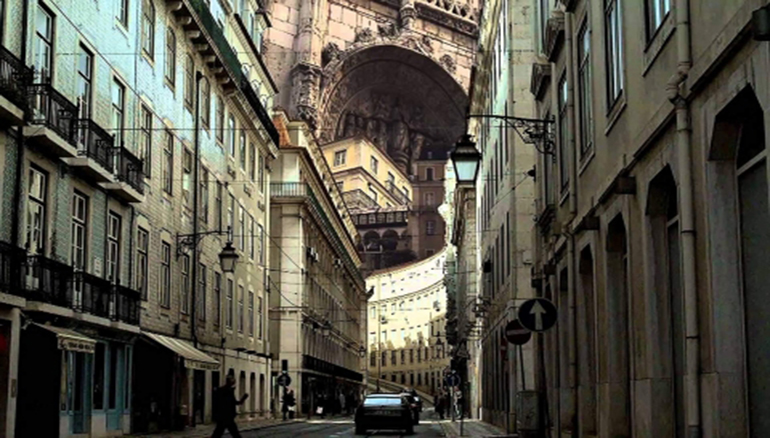
For a full picture of how is life in a Lisbon’ s neighborhood in the middle of the 21st century, “Cats Have No Vertigo” (Os Gatos Não têm Vertigens) constitutes a perfect example, with the emblematic Maria do Céu Guerra in the main role.
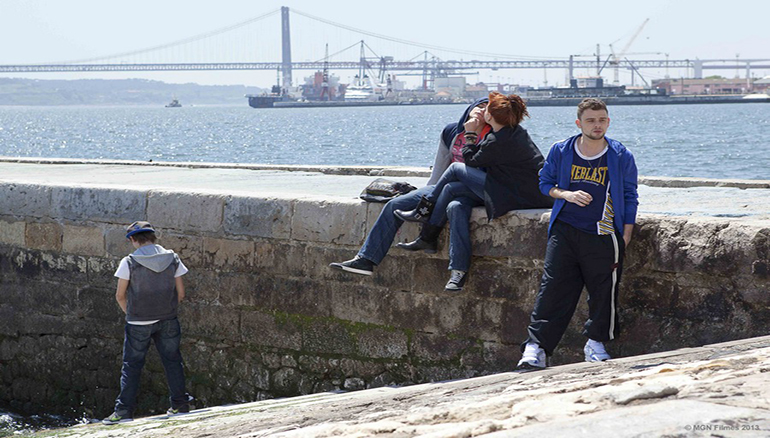
Lisbon under foreign sights
The most popular flic ever filmed in Lisbon, “On Her Majesty’s Secret Service” (Ao Serviço de Sua Majestade), brought to the city in 1969 the most famous spy ever, James Bond. It was the reencounter of Ian Fleming’s character with one of his own origins, as the author had spent a season lodging at the Estoril Palácio Hotel, while working as a spy during World War II.
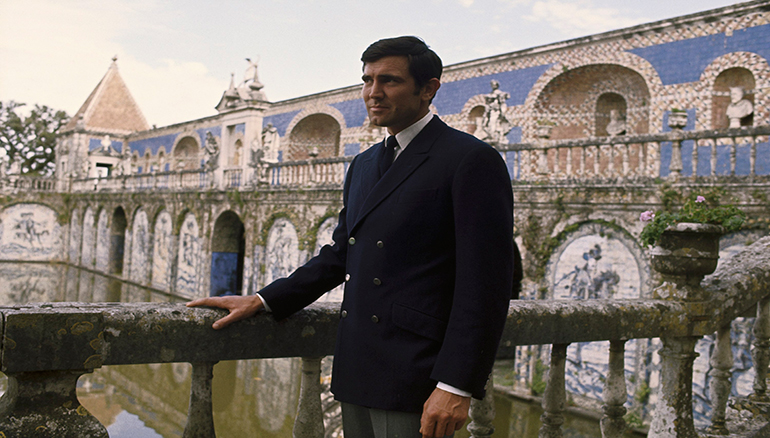
Already in the eighties, Wim Wenders filmed his ode to the power of cinema, “The State of Things” (O Estado das Coisas) at Lisbon’s Cais do Sodré and at the Praia Grande beach. Alain Tanner also fell in love with the city light; “In the White City” (A Cidade Branca), a love story between a sailor and a bar waitress, is a testimony to the attraction Lisbon constitutes.
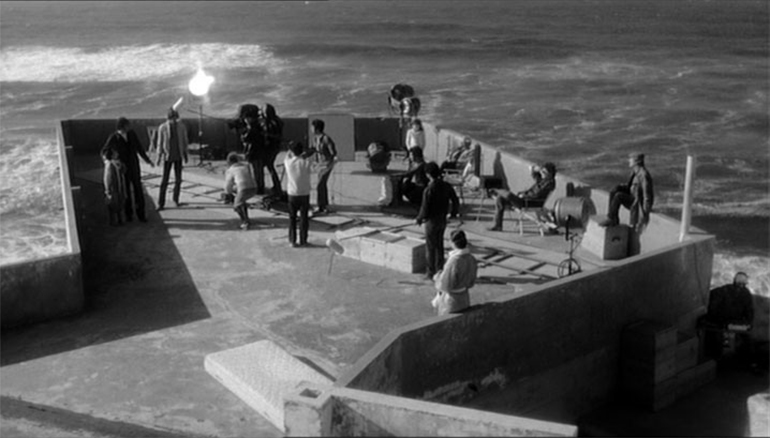
During the nineties, Wim Wenders returned to film “Lisbon Story” (Viagem a Lisboa). And spy fiction also returned to the city with “The Russia House” (A Casa da Rússia).
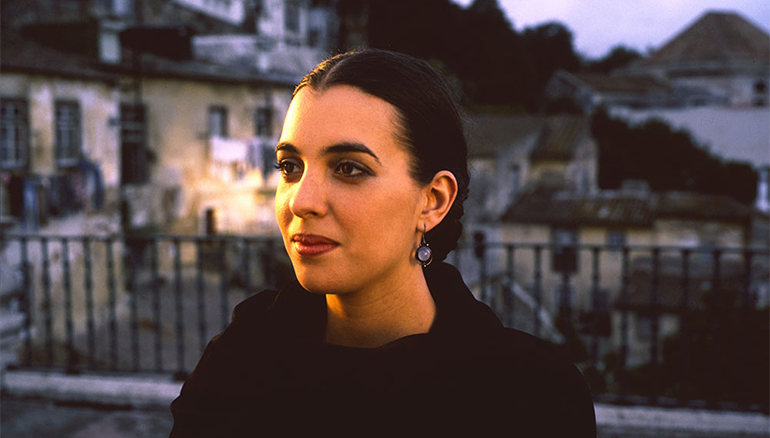
Near Lisbon, Roman Polanski captured Sintra’s mysterious atmosphere and used it as the setting for a writer wrapped in the Occult in “The Ninth Gate” (A Nona Porta). Another plot obsessed by mysteries and the past but adapted to present day Lisbon, “Night Train to Lisbon’’
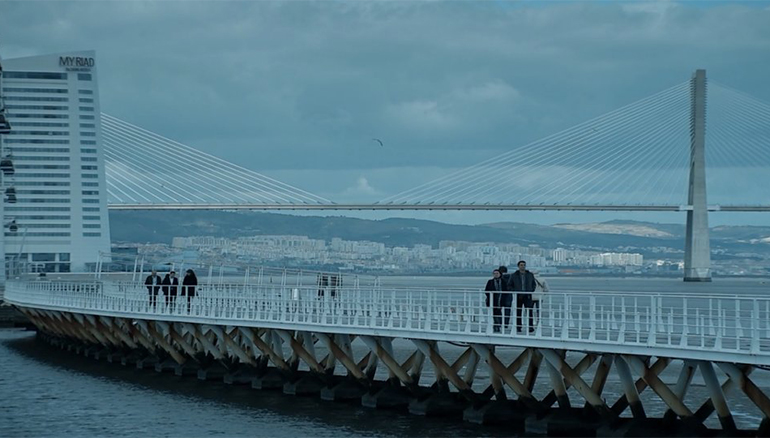
(Comboio Nocturno para Lisboa), brought to the screen the Prazeres Cemetery, Santa Apolónia Railway Station and the Belém Ferry dock.
And the Lisboner John Malkovich recorded his “Casanova Variations” (Variações de Casanova) entirely in the city, picking as performance stages those at the São Carlos Opera House, at the Queluz Royal Palace and the library at the Ajuda National Palace.
Article in partnership with INS



